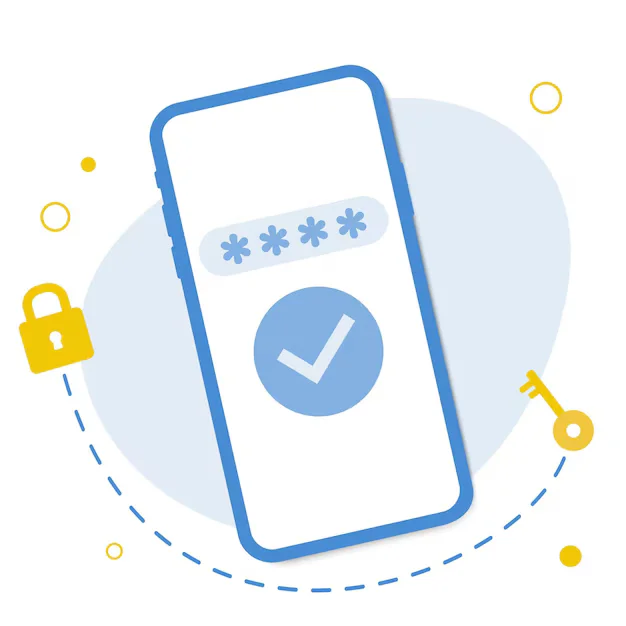Authentication in Laravel is the process of verifying a user’s identity — usually by checking a username/email and password — to control access to protected parts of a web application.
Key Points:
- Laravel provides built-in authentication features to make it quick and secure.
- It includes login, registration, password reset, and email verification functionalities.
- Authentication ensures that only authorized users can access certain routes, controllers, or data.
How Laravel Handles Authentication:
Laravel provides two main ways to implement authentication:
1. Starter Kit (Laravel Breeze, Jetstream, or Fortify)
You can install packages that scaffold full authentication features.
Example using Laravel Breeze:
Put this comment in your project terminal:
composer require laravel/breeze --dev
php artisan breeze:install
npm install && npm run dev
php artisan migrate
Then go to browser:
http://localhost:8000/register
http://localhost:8000/login
2. Manual Authentication (Custom)
You can create custom login systems using:
Authfacade- Middleware (
auth) - LoginController, RegisterController
bcrypt()for password hashing
Example Login Logic:
LoginController
if (Auth::attempt(['email' => $email, 'password' => $password])) {
return redirect()->intended('dashboard');
}
Auth Middleware
To protect routes:
routes/web.php:
Route::get('/dashboard', function () {
return view('dashboard');
})->middleware('auth');
Authentication Files Location
- Controllers:
app/Http/Controllers/Auth/ - Views (with Breeze):
resources/views/auth/ - Config:
config/auth.php - Middleware:
app/Http/Middleware/Authenticate.php







